Introduction
Training a deaf or blind dog can seem like a daunting task, but it can also be one of the most rewarding experiences you’ll ever have as a pet owner. Imagine building a unique bond with your furry friend, relying on touch, smell, and creative communication rather than sound or sight. This article will explore effective training techniques tailored specifically for deaf and blind dogs, ensuring they lead fulfilling lives filled with love, play, and learning. Prepare to step into a world where every wag of the tail is a triumph, and every command taught is a step towards independence.
Training these special dogs requires patience, creativity, and a sprinkle of love. You may need to rethink traditional training methods, as your dog’s needs will differ significantly from those of hearing and sighted dogs. By focusing on their unique abilities, you can foster a strong connection and build trust.
The journey may have its challenges, but it’s also packed with heartwarming moments. Your efforts will not only enhance your dog’s quality of life but also strengthen the bond between you. Remember, every success—big or small—should be celebrated. So, gather your treats, unleash your creativity, and prepare to embark on a delightful adventure with your incredible canine companion!
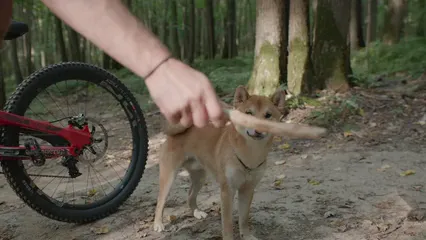
Summary
Training a deaf or blind dog requires a different approach than traditional methods, but the rewards are immense. Key techniques include establishing a strong bond through touch and positive reinforcement, using innovative communication methods like tactile cues and scent lures, and employing specialized tools such as vibration collars. Understand the importance of safety in your training environment and how to create a comfortable space for your dog to thrive. This guide will cover effective strategies tailored for both deaf and blind dogs, helping you navigate training sessions while ensuring your canine companion feels secure and understood.
For more insights on how to effectively train your dog using positive reinforcement, check out this guide on effective positive reinforcement techniques for stubborn dogs.

Training Techniques
General Training Tips for Deaf or Blind Dogs
Training a deaf or blind dog can feel like walking a tightrope while juggling flaming torches. But don’t worry, with the right techniques, you can create a harmonious training environment where your furry friend flourishes.
Safety First
Before you begin training, safety should be your top priority. Imagine your dog as a toddler who’s just learned to walk—curiosity is their best friend, but so are hazards. Start by creating a safe environment. Remove any sharp objects or items they could trip over. Consider using baby gates to block off areas with stairs or other dangers. Establish boundaries, so your dog knows where it’s safe to roam. Consistency in their environment helps them feel secure and reduces anxiety.
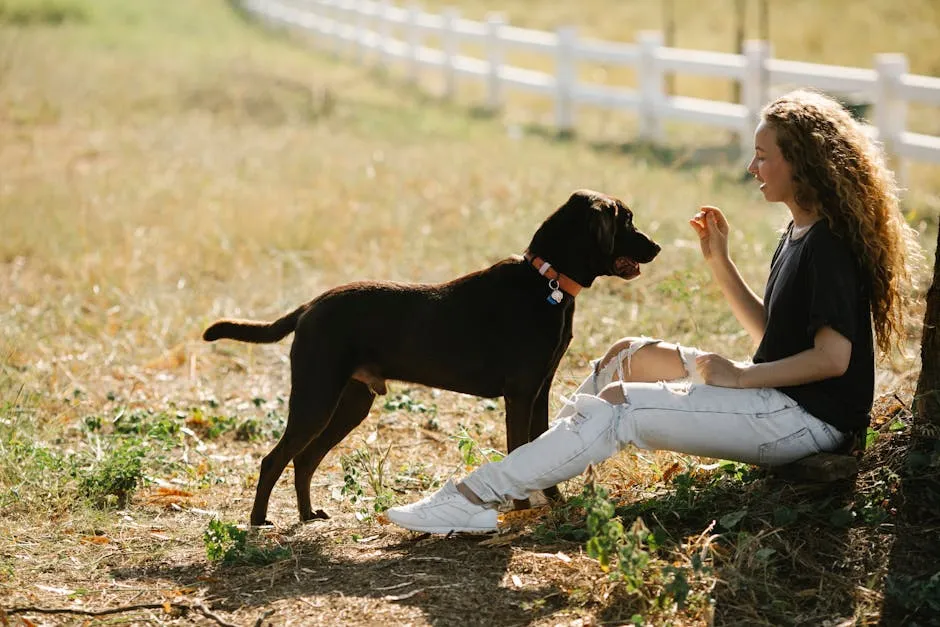
Communication Strategies
When your dog can’t hear or see, you need to get creative. It’s time to think outside the box!
- Tactile Cues: Touch is your new best friend. Use gentle taps to communicate commands. For example, you can tap your dog’s shoulder to signal them to sit or stay. Establishing a consistent touchpoint helps them associate your touch with a specific action.
- Scent Signals: Dogs have an incredible sense of smell. Use this to your advantage! Introduce distinct scents for different commands or locations. For instance, you could use lavender oil to signal “time for a walk” while keeping their food bowl in the same spot for familiarity. This approach helps them navigate their world more confidently.
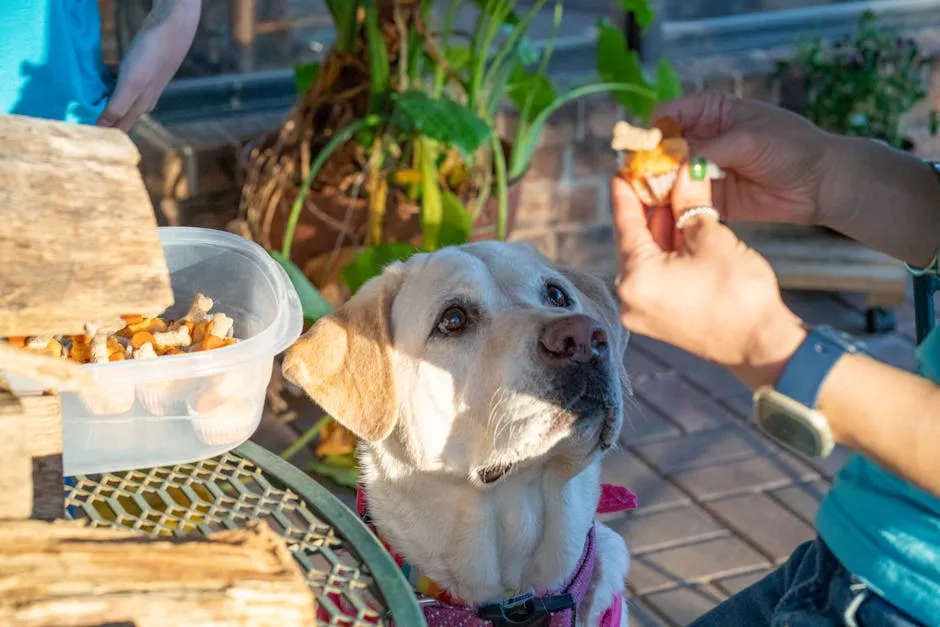
Specific Commands and Techniques
Now that you’ve laid the groundwork, let’s dive into some specific commands that can help your dog respond effectively to your cues.
Teaching Basic Commands
Teaching basic commands is essential for any dog, but it can be especially rewarding for deaf or blind dogs.
- Sit: Start with a treat in hand. Hold it above your dog’s head, allowing them to smell it. As they look up, their bottom will naturally lower. When they sit, gently tap their rear end while giving a positive marker, like a thumbs-up. Reward them immediately to reinforce the behavior.
- Stay: With your dog in a sitting position, gently touch them on the back. This touch will become their signal to stay. Gradually increase the distance between you and your dog while maintaining the gentle touch. Reward them for holding the position.
- Come: For recall, consider using a vibration collar or simply a touch cue. If you’re using a vibration collar, ensure your dog is desensitized to it first. Call them with a gentle touch on the side, and when they approach, reward them with treats. Celebrate their success with enthusiasm!
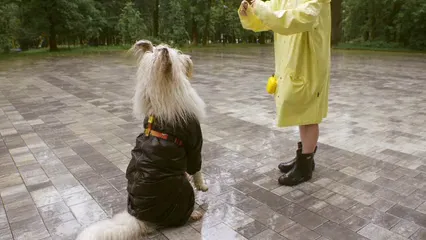
Advanced Training Techniques
Once your dog has mastered basic commands, it’s time to level up!
- Target Training: This technique encourages your dog to touch a specific object, like a target stick. When they make contact, reward them. This helps them understand spatial awareness and builds confidence.
- Marker Training: Establish a consistent signal for positive behavior. Instead of a verbal “yes,” use a specific hand gesture or touch. This way, your dog knows exactly what they did right. Pair the marker with a treat to reinforce the behavior.
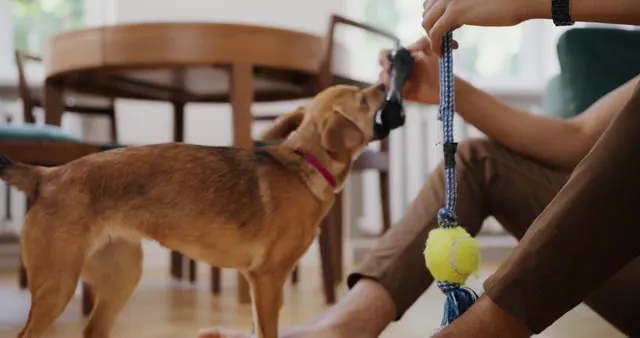
Interactive and Fun Activities
Training doesn’t always have to be serious business! Engage your dog’s mind and body with interactive activities.
- Work-to-Eat Methods: Instead of feeding your dog from a bowl, use puzzle toys or scatter their food around the house. This encourages them to engage with their environment and provides mental stimulation.
- Scent Games: Hide treats around the house and let your dog sniff them out. This taps into their natural instincts and adds a fun twist to their training routine.
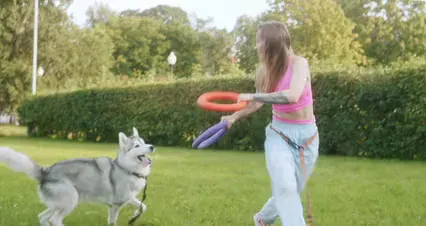
With dedication and a sprinkle of creativity, training your deaf or blind dog can be a joyful journey. Embrace the unique bond you’ll build as you teach them to navigate the world with confidence. Remember, patience is key, and every small victory deserves a celebration!
Training Sessions: Best Practices
Structuring Your Training Sessions
When training your deaf or blind dog, keep sessions short and positive. Aim for 5-10 minute bursts of focused activity. Dogs have limited attention spans, especially when learning new things.
Start with a warm-up. Spend a few moments simply connecting with your dog through gentle touch. This helps them feel secure and ready to learn. Keep training sessions upbeat and energetic! Use training treats and praise to reward good behavior. Remember, every successful command should be celebrated like it’s a doggy Olympics medal!
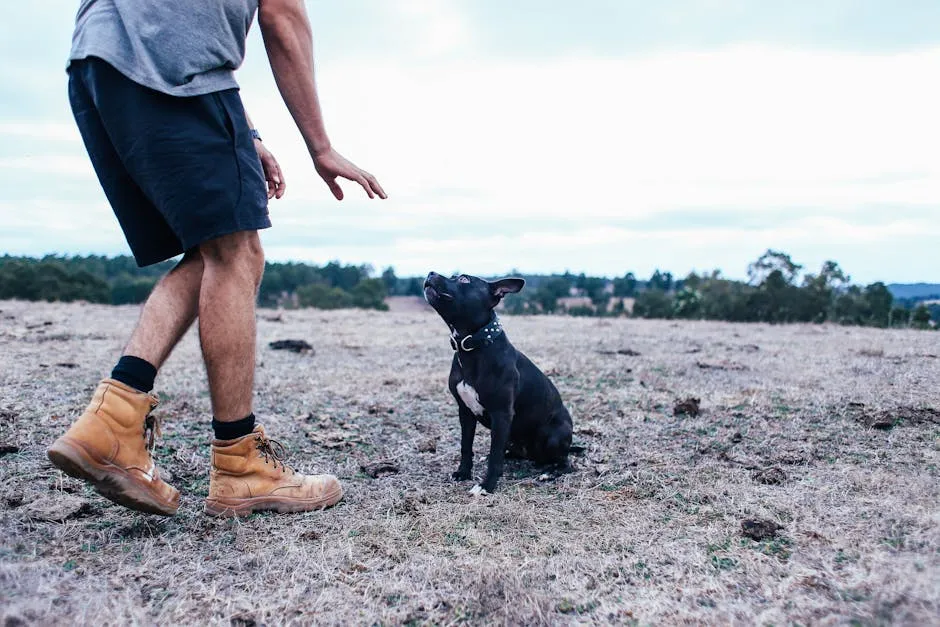
Frequent breaks are essential. Allow your pup to relax and process the information. Switching activities keeps it fresh and fun. You might try alternating commands or introducing new games to maintain their interest.
Measuring Progress
Tracking your dog’s learning progress is crucial. Keep notes on which commands they’ve mastered. This helps you recognize areas for improvement and adapt your techniques as needed.
Celebrate every small victory! Did your dog sit on command? Treats and cheers are in order! Positive reinforcement builds confidence and encourages your dog to keep trying.
Encouragement goes a long way. Each time your dog successfully responds to a command or completes a task, praise them enthusiastically. This creates a strong bond and motivates them to learn even more.
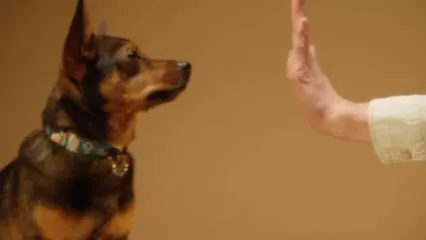
Training a deaf or blind dog takes time, patience, and a dash of creativity. But with engaging activities and effective training sessions, you’ll empower your furry friend to thrive!
Conclusion
Training a deaf or blind dog is a unique adventure. It may require creativity and patience, but the rewards are immense. Every session is an opportunity to deepen your bond and build trust. With tailored techniques, you can address their needs while empowering them to thrive.
Your dog may face challenges navigating the world, but with your guidance, they can learn to feel confident and secure. Remember, it’s not just about teaching commands; it’s about fostering a connection.
Each effort you make to train your furry friend brings them closer to a fulfilling life. Celebrate every achievement, no matter how small. Your dedication ensures they can enjoy life to the fullest, filled with love and joy. Together, you’ll create a partnership that transcends words, one wag at a time.
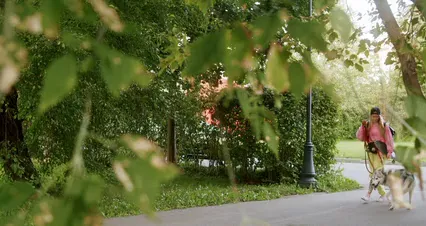
FAQs
Are There Specific Breeds That Are Better Suited for Training as Deaf or Blind?
When it comes to training deaf or blind dogs, the breed isn’t the biggest hurdle. Sure, some breeds may have traits that make them more adaptable, but every dog is unique. Take a moment to think about it—your dog’s personality, past experiences, and training approach play a larger role than their breed.
For example, herding breeds like Border Collies are often quick learners. They thrive on mental stimulation and can pick up on cues faster. On the flip side, laid-back breeds like Bulldogs might take a little more time to grasp commands. But hey, who doesn’t love a good challenge? Remember, patience makes for a great trainer.
Many breeds, including mixed-breed pups, can excel with the right training techniques. It’s about understanding your dog’s individual needs and working together. With consistent effort and a sprinkle of creativity, any dog can learn to navigate their world, regardless of their visual or auditory limitations. So, when it comes to training, focus on what your furry friend can do, rather than what they can’t.
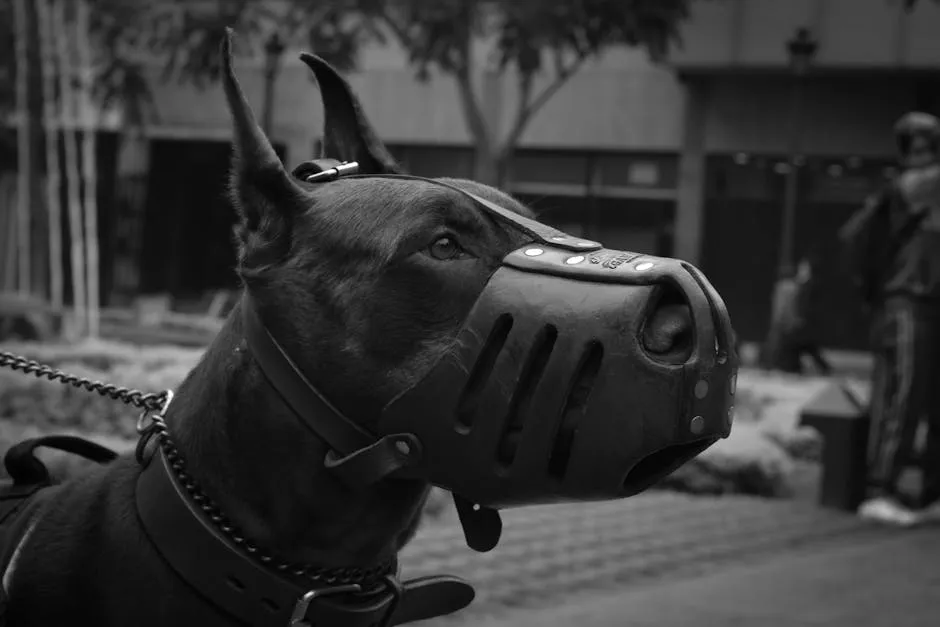
How Can I Help My Dog With Anxiety During Training?
Training should be a positive experience, not a source of stress. If your pup is feeling anxious, it’s crucial to recognize the signs. These can include excessive panting, pacing, or even hiding. Just like us, dogs have their own ways of expressing discomfort.
First, create a calm environment. Limit distractions—no loud noises or sudden movements. Keep training sessions short and upbeat. A little fun goes a long way! Use anxiety relief chews and praise to motivate your dog and encourage them when they’re doing well.
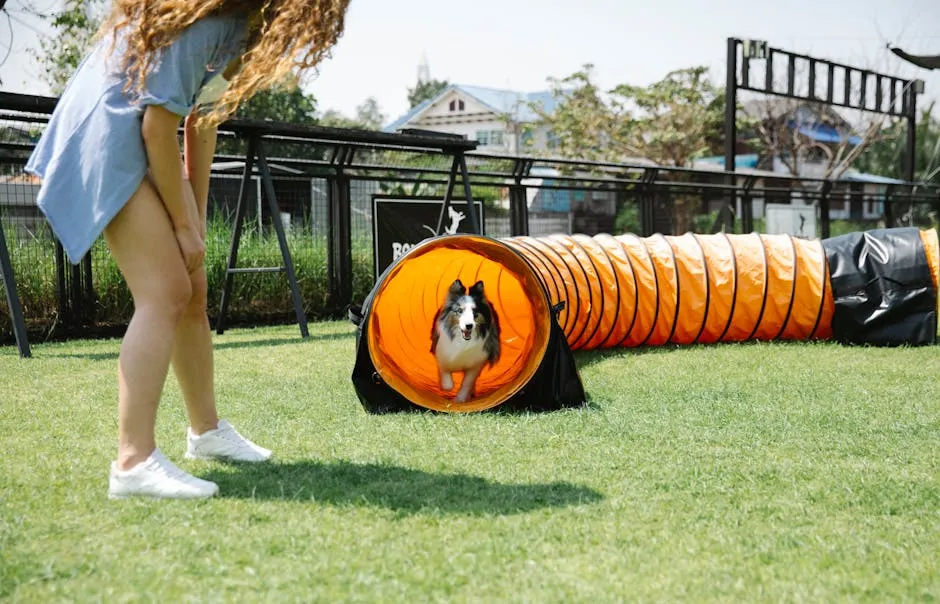
Also, consider using familiar scents or toys during training. These can comfort your dog and help them feel secure. If your pup starts to show signs of stress, take a break. Let them relax and regroup. Remember, every dog has their own pace, and that’s perfectly okay.
Lastly, don’t hesitate to seek professional help if anxiety persists. Trainers specializing in anxiety relief can offer tailored strategies. It’s all about ensuring your furry friend feels safe and supported while learning. Celebrate their progress, no matter how small, and keep the training fun—because who said learning can’t be a blast?
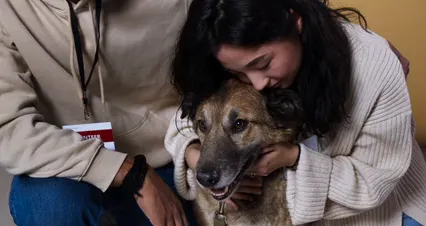
Please let us know what you think about our content by leaving a comment down below!
Thank you for reading till here 🙂
All images from Pexels





